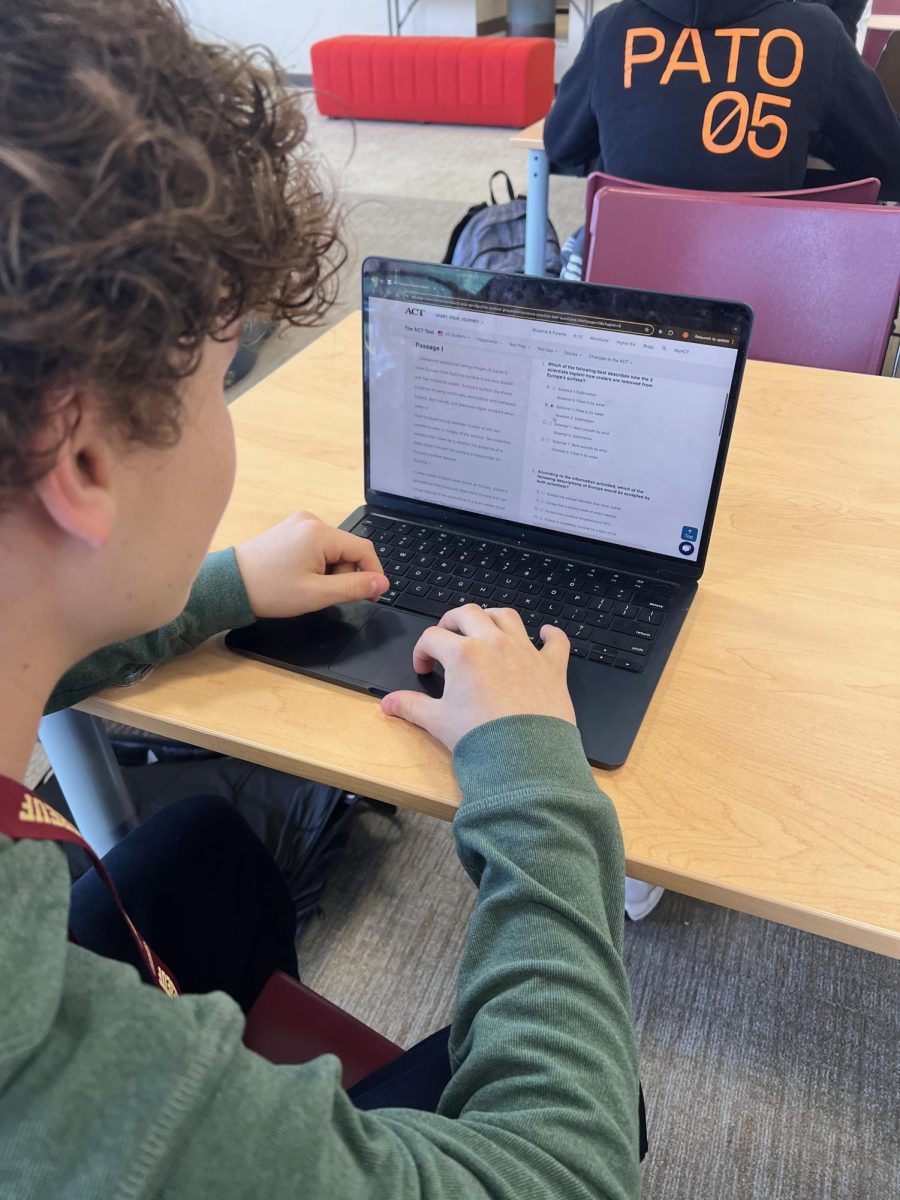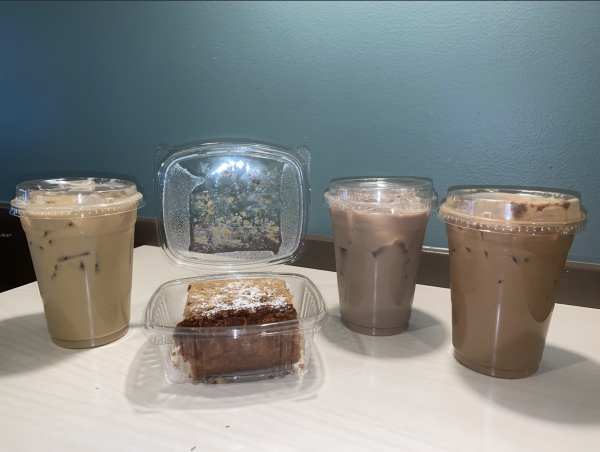Students weigh in on new hybrid schedule, cohorts
Students gather at a safe distance for lunch in front of school. With hybrid learning, there usually is plenty of space at the tables.
September 15, 2020
Brave students have been coping with the new norm of student life at Brebeuf Jesuit. Being split into two different cohorts has had its ups and downs, as does social distancing and having to wear masks all day.
The different cohorts, maroon and gold, split the whole school into two groups with the maroon and gold alternating in school days, which has left friends being split up and not getting to go to school with everyone at once.
Although that is a definite downside, being split into two different cohorts prevents the spread of COVID-19. If one person has it, administrators do not have to shut down the whole school.
Instead, school leaders can contact trace and send home only who were in contact with the person who has the virus. With this new norm, students have had to learn how to manage their time responsibly and stay organized with what days they are online or in school.
Joy Bindley (‘23) and Grace Cota (‘23) agree that they don’t like wearing masks, but they know that is a safety requirement and needed for the health of themselves and everyone around them. Cota discussed how the hybrid schedule forces students to better manage their time at home and gives them more responsibility in terms of contacting teachers if they miss a class.
Doing online school makes it harder to be involved in a class, Cota added. Her biggest challenges in doing school at home are the distractions from her environment and her phone.
One of the biggest changes Cota has noticed is how all her homework now is online. However, Bindly and Cota both agree that the biggest change is how few students are physically in classes each day..
“It is definitely weird sitting in a class with about only nine other students, while the rest are online,” Cota said.
Other challenges include technology issues, such as computer malfunctions and interruptions to internet access.
Bindley sees positives to being hybrid. Joy says how it is more responsible to be hybrid, splitting into two groups allows us to social distance and prevent anyone else from getting sick. Other benefits include getting more sleep and not having to pick outfits or prepare lunch.
Though many students find learning from home more relaxing, they hope everyone can be back to school together soon.





